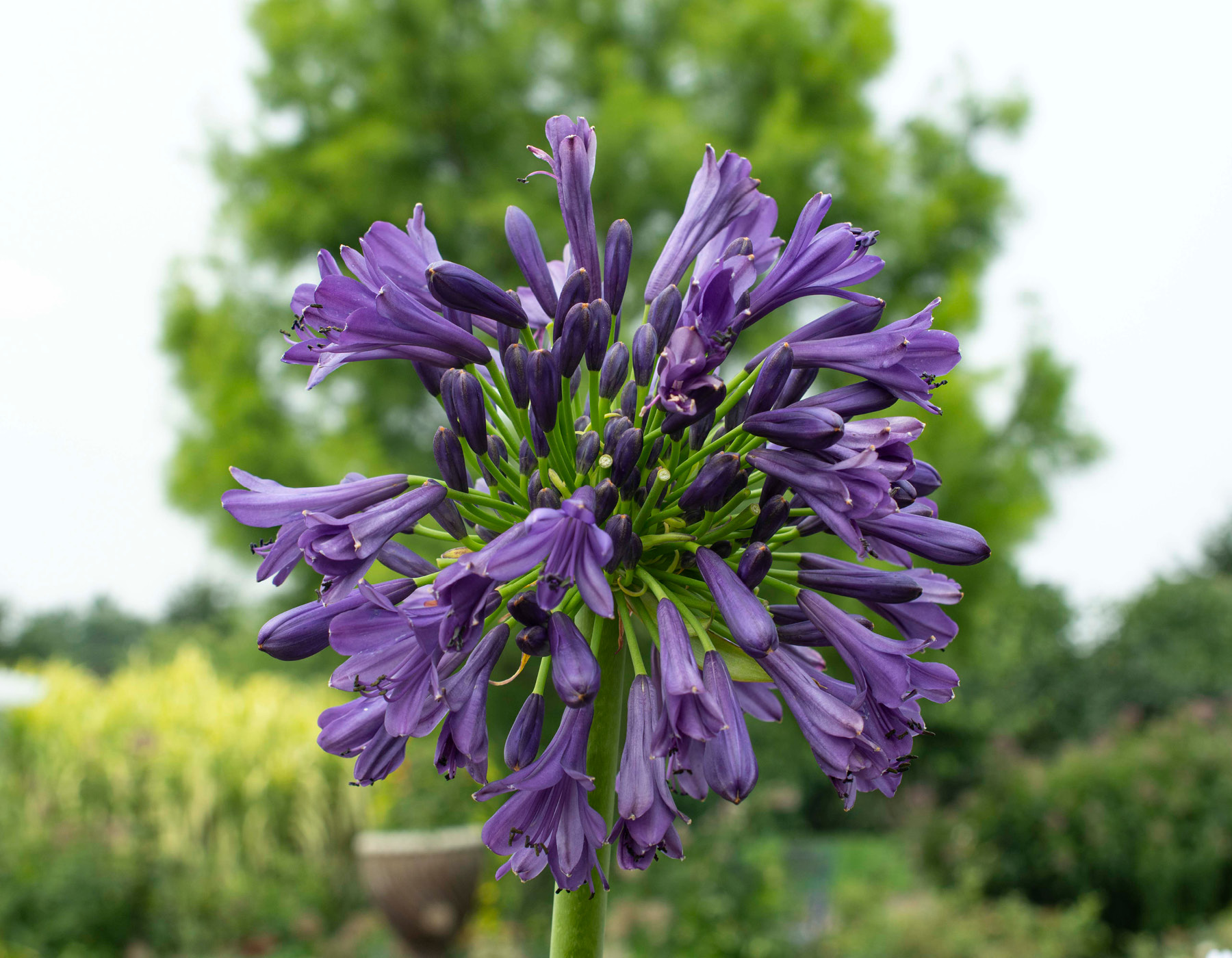Agapanthus Expanding Problems: Soil, Sunlight, and Watering
Agapanthus Expanding Problems: Soil, Sunlight, and Watering
Blog Article
Releasing the Secret to Effective Agapanthus Growing: Tips and Tricks for a Flourishing Garden
In the realm of horticulture, growing agapanthus successfully calls for a strategic strategy that includes various aspects of plant treatment. By comprehending the subtleties of agapanthus cultivation, one can produce a setting where these plants grow and flower generously.
Planting Agapanthus: Best Practices
When planting Agapanthus, appropriate soil preparation is important for guaranteeing successful growth and development of these beautiful blossoms. Agapanthus, typically called Lily of the Nile or African lily, flourishes in well-draining soil with a somewhat acidic to neutral pH level - Agapanthus. Before growing, it is critical to modify heavy clay soils with organic matter such as garden compost or peat moss to boost drain and supply crucial nutrients for the plants
To grow Agapanthus, choose a place that obtains full sunlight to partial shade, as this will promote healthy and balanced development and plentiful flowering. Dig an opening two times the size of the plant's root sphere and put the Agapanthus at the exact same depth it was formerly growing. Gently backfill the hole with dirt, pushing down strongly to remove any air pockets around the roots.
Water the recently grown Agapanthus completely and remain to maintain the soil evenly wet, specifically during the plant's active growing period. Agapanthus. Using a well balanced plant food once a month can better support the plant's development and flowering. By complying with these finest methods for growing Agapanthus, you can produce a sensational display of these captivating blossoms in your yard
Ideal Dirt Issues for Agapanthus
For ideal growth and blooming success of Agapanthus plants, guaranteeing the soil problems are optimal is critical. Agapanthus chooses dirt that is rich in nutrients, so including a balanced plant food during the expanding season can advertise healthy and balanced growth and vibrant blooms.

Watering and Fertilizing Tips
To ensure healthy and balanced development and lively blooms, correct watering and feeding strategies are crucial for successful Agapanthus cultivation. Agapanthus plants benefit from routine watering, specifically throughout the expanding season.
When it concerns feeding Agapanthus, a balanced plant food with equivalent parts nitrogen, phosphorus, and potassium can be applied in the springtime to promote healthy development and flowering. Slow-release fertilizers are suitable for giving nutrients progressively over a prolonged period. Avoid over-fertilizing, as this can cause excessive foliage growth at the expenditure of flowers.
Additionally, integrating organic matter like garden compost right into the dirt can boost nutrient degrees and boost dirt framework, assisting in the general wellness of the Agapanthus plants. By adhering to these watering and fertilizing pointers, gardeners can guarantee their Agapanthus plants grow and produce stunning display screens of flowers.
Trimming and Deadheading Methods
Correct pruning and deadheading techniques play a critical function in maintaining the health and wellness and aesthetic appeals of Agapanthus plants, complementing the necessary techniques of watering and fertilizing for successful farming. Trimming Agapanthus entails eliminating spent blossom heads, yellowing or dead fallen leaves, and overall shaping of the plant to advertise far better development. Deadheading, the process of removing discolored flowers, not only enhances the plant's look yet likewise encourages more flowering.
When deadheading Agapanthus, it is a good idea to clip off the flower stem at the base making use of sharp, clean shears. This process redirects the plant's energy anonymous from seed production back into origin and vegetation development, advertising a healthier and extra robust plant. Regular deadheading can expand the flowering duration of Agapanthus and stop self-seeding, which can lead to congestion.
In terms of trimming, Agapanthus generally take advantage of a light trim after blooming to tidy up the plant and urge fresh development. Reducing back the spent flower stems and getting rid of any dead or broken vegetation helps maintain the plant's vitality and overall appearance. Nonetheless, it is crucial to avoid reducing into the crown of the plant, as this can weaken its health.

Protecting Agapanthus From Pests and Diseases
Implementing effective pest and disease administration strategies is critical to securing the wellness and vigor of Agapanthus plants in growing. Agapanthus are normally durable plants, but they can still fall victim to numerous insects and diseases otherwise appropriately cared for. One typical parasite that influences Agapanthus is the Agapanthus borer, a caterpillar that passages right into the plant, triggering damages to the leaves and flowers. To avoid invasions, regular Get the facts examination of the plants is vital. If borers are discovered, they can be by hand gotten rid of, or insecticidal soap can be used as a control procedure.
In addition to pests, Agapanthus are susceptible to diseases such as origin rot and fungal leaf areas. By staying vigilant and addressing bug and condition problems immediately, garden enthusiasts can aid their Agapanthus prosper and grow.

Verdict
Finally, successful farming of agapanthus calls for correct read what he said planting strategies, perfect soil conditions, appropriate watering and feeding, normal trimming and deadheading, and defense from bugs and conditions. By complying with these tricks and ideas, gardeners can ensure a prospering garden loaded with stunning agapanthus flowers. Agapanthus. Keep in mind to maintain consistent care and focus to information to promote the health and durability of these stunning plants
When planting Agapanthus, correct dirt preparation is essential for making sure effective development and development of these attractive flowers.Water the recently planted Agapanthus thoroughly and continue to maintain the soil equally moist, particularly during the plant's energetic expanding period.For optimum development and growing success of Agapanthus plants, making certain the soil problems are suitable is crucial. When transplanting or growing Agapanthus, ensure the dirt is well-prepared to supply the needed structure for the plants to develop themselves efficiently. One usual parasite that impacts Agapanthus is the Agapanthus borer, a caterpillar that tunnels into the plant, triggering damages to the leaves and flowers.
Report this page